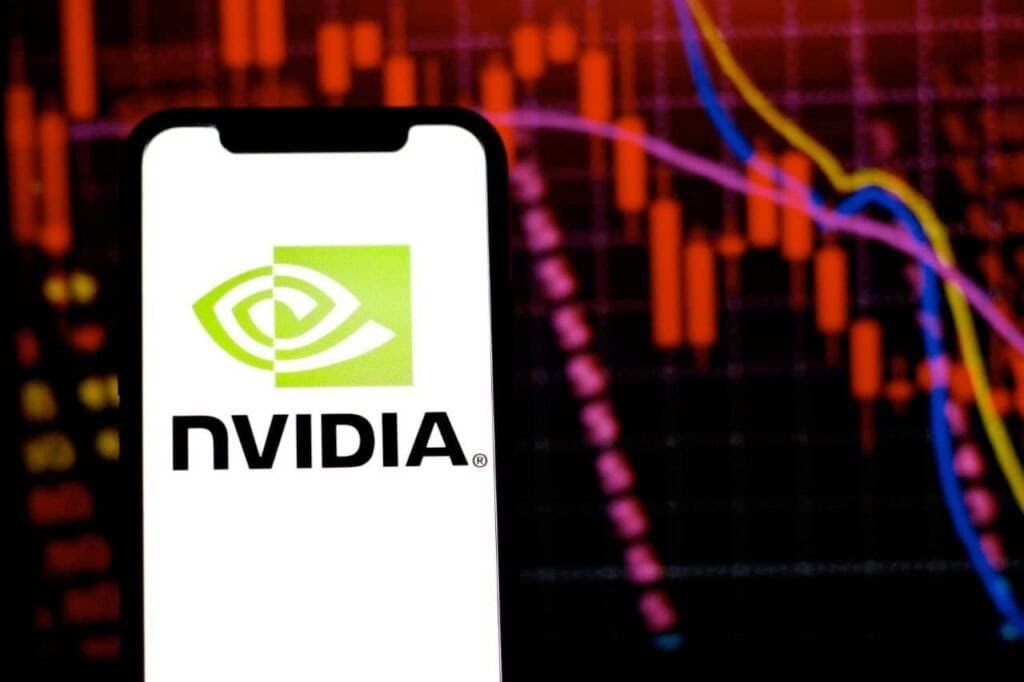The stock market remains on edge regarding the impact of Nvidia’s (NASDAQ: NVDA) highly anticipated Q4 earnings report on February 26, with opinions divided on whether the event will be bullish or bearish for the semiconductor giant.
This uncertainty around the chipmaker’s outlook comes as NVDA attempts to build momentum above the $130 support level after a volatile start to 2025. At the close of the last session, Nvidia’s share price stood at $134.43, ending the day down 4%. Year-to-date, Nvidia has dropped nearly 3%.
In pre-market trading on February 24, Nvidia showed strength, gaining 1.82% to reach $136.88.
Picks for you
NVDA’s sell-off trigger
Taking a bearish stance, analysts from Northland project that the earnings report could trigger a semiconductor sell-off.
Their prediction is based on the possibility of Nvidia offering weak guidance. The analysts expect a sluggish first half of 2025 for the artificial intelligence (AI) sector due to capacity constraints and a shift toward ASICs. However, the firm acknowledged that AI demand remains strong, though the short-term outlook appears worrisome.
While Wall Street expects Nvidia’s data center revenue to grow 56.5% in fiscal 2026, Northland predicts slower AI semiconductor chip sales in the first half of the year due to supply chain issues, with Nvidia underperforming the market’s second-half rebound by approximately 4.5%.
Additionally, Northland identified several Nvidia-specific constraints that are likely to slow growth. The firm pointed out that a Chip-on-Wafer-on-Substrate (CoWoS) capacity shortage at Taiwan Semiconductor Manufacturing Company (NYSE: TSM) is limiting Nvidia’s high-performance server and data center GPUs.
“We are confident in AI demand but expect a weak 1H due to capacity constraints. Big customers are shifting to ASICs and limiting themselves to buying only GPUs from NVDA,” the analysts said.
Blackwell bottleneck
This bottleneck, exacerbated by Nvidia’s Blackwell architecture changes, is expected to ease in the second half of 2025. It is worth noting that the next-generation Blackwell chips are seen as Nvidia’s next major revenue driver, with reports indicating they are already sold out.
However, concerns emerged regarding overheating issues, though the company assured investors that production was back on track.
Additionally, Northland experts observed that leading cloud providers such as Amazon (NASDAQ: AMZN) are increasingly adopting their own AI ASICs, reducing reliance on Nvidia GPUs. As a result, they project Nvidia could lose 4% to 5% of its market share in the AI accelerator space.
Nvidia’s earnings report will likely provide insight into the company’s trajectory, especially AI spending, after the DeepSeek AI sell-off. Fears emerged that with DeepSeek reportedly using fewer resources to train its model, there might be a widespread slowdown in AI spending in return, dimming Nvidia’s prospects.
Analysts take on Nvidia earnings report
As reported by Finbold, market strategist Roy Mattox expressed a cautious outlook for Nvidia post-earnings, stating that the “major risk event” could “launch a convincing new uptrend or fuel further downside.”
Meanwhile, Rosenblatt Securities has reaffirmed its ‘Buy’ rating on Nvidia, maintaining a price target of $220 ahead of earnings. Analyst Hans Mosesmann expects Nvidia to deliver a modest beat on both its January quarter results and its March quarter guidance.
A key focus will be Blackwell, with expectations that the chips will ramp up through 2025 and accelerate further in the second half of 2026. Despite increasing competition from GPU and ASIC accelerator rivals, Rosenblatt remains bullish on Nvidia’s long-term trajectory.
Overall, investors expect the report to drive Nvidia stock in either direction, considering that the equity has faced strong resistance at the $150 level, where heavy selling has occurred. If results exceed Wall Street estimates, Nvidia could have a solid opportunity to reclaim and break through the $150 mark.
Featured image via Shutterstock







